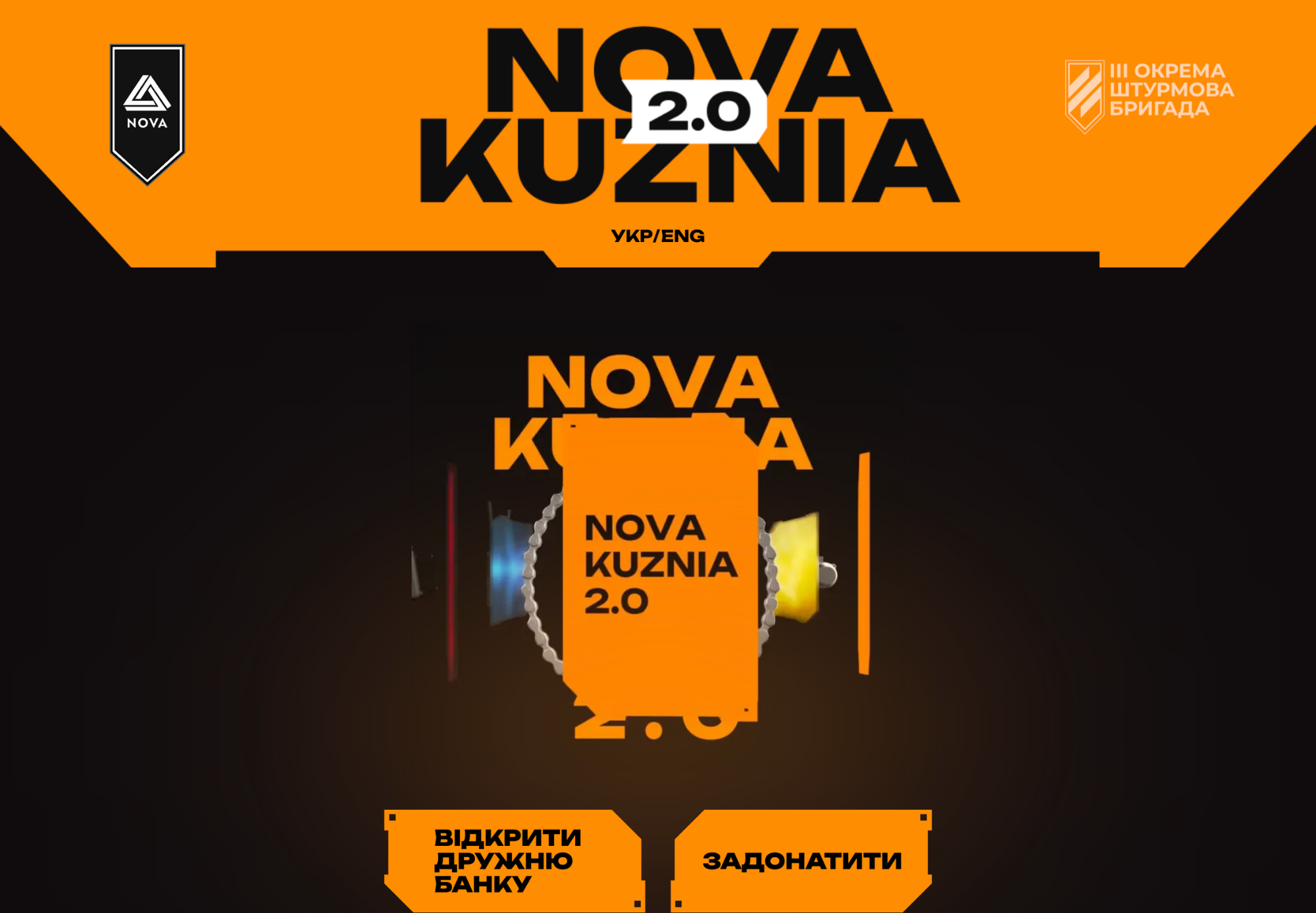What Ukrainian developments help the army at the front

When Ukraine was attacked by Russia in 2014, the Ukrainian army needed to develop in order to effectively counter the enemy. Proactive Ukrainian developers then volunteered to help technologise the army. As a result, the military received tools that improved the quality of their work.
Here's how the developments of Ukrainian volunteers have strengthened the Armed Forces of Ukraine in the fight against the occupiers since the beginning of the Russian-Ukrainian war in 2014.
GIS Arta

The development of the geographic information system (GIS) Arta or GIS Art for Artillery for the Ukrainian Armed Forces began in May 2014, after Russia attacked Ukraine. At that time, Ukrainian programmers, together with British mapping companies, created a system that, after detecting a hostile Russian target, selects the best artillery, mortar, missile or combat drones within range.
Data on the battlefield collected by reconnaissance drones, rangefinders, smartphones, GPS and radars are transmitted to the system in real time to accurately determine enemy positions. The Arta GIS then processes this information and determines which weapons in the area are most suitable to deliver a quick strike.
The project is constantly being improved and upgraded through cooperation with the military and by working through bugs (if they are reported by soldiers using the system on the battlefield).
Currently, the Arta GIS is a multidisciplinary troop management system. It is most commonly used in artillery units, due to the specifics of planning and conducting combat operations, requirements for factual data and the urgency of obtaining information on the results of combat operations. At the same time, GIS Arta is the basic system of situation and control centres, a tool for planning, controlling, processing and disseminating the results of intelligence operations.
Kropyva

The Kropyva, which means nettle in English, software was developed by Army SOS volunteers in 2014 for calculating artillery fire, planning and orientation on the battlefield. Scouts or other soldiers enter the coordinates of an enemy target into the app, and the nearest artillery battery receives them and launches a strike against the enemy targets.
The system provides:
- access to an electronic map of the area with a GPS position;
- data exchange (positions of allied units, coordinates of detected targets and short text messages) with other system subscribers;
- solving calculation problems (calculation of the march, fire area or artillery corrections);
- automatic interaction and data transmission from intelligence assets (UAVs, radar and sound systems).
The military uses Kropyva to guide and adjust artillery, including with the help of drones. However, over time, the app has developed functions not only for artillerymen.
The system updates the front line every day. This is how the military can see where the enemy is and where their comrades are, exchange information about their positions and intelligence, and communicate with the command post. Kropyva also has a navigator, a map with accurate elevations and lowlands, and the distance from one object to another. In addition, Ukrainian software can quickly adapt to the challenges of war, including new weapon systems provided by allies.
Armor

The Armour calculation and graphic complex was developed in 2015 by Ukrainian volunteers to help the Ukrainian Armed Forces hit targets more accurately, reduce the time required to fire a shot and fight from closed firing positions.
The app, downloaded to a tablet, can determine the coordinates of a target within seconds to within a metre and calculate the parameters of firing from several firing positions. Armour also allows grenade launchers, mortars, tanks and armoured personnel carriers to be aimed at enemy targets from closed firing positions and hit them with an accuracy of 10 metres.
In addition, the software solves geodetic problems (when a soldier transmits information about a target but cannot recognise its coordinates). After specifying his coordinates, azimuth and range to the target in Armour, he will receive a calculation.
ComBat Vision

In 2015, Ukrainian developers introduced the ComBat Vision tactical management system. It allows for detailed planning of the operation in advance, and during its execution, coordination of actions between all actors in real time.
The system was first used during the Anti-Terrorist Operation in eastern Ukraine, and with the start of the full-scale invasion in 2022, the development team upgraded ComBat Vision to the fourth generation in a year. At that time, they rethought the entire experience of its use and added new capabilities in the context of integrating NATO standards into the Armed Forces of Ukraine.
The ComBat Vision battlefield planning, reconnaissance and coordination system combines software with a number of communication tools and sensors (drones, cameras, rangefinders, etc.) that collect information about objects on the battlefield and display it on a three-dimensional map with the ability to enable augmented reality on video from a phone, drone, camera, etc. Targets can also be added to the map, changes in the enemy's disposition can be shown, and the location of friendly and enemy units can be highlighted in augmented reality from the air.
The system allows the military to plan a sequence of actions for each unit, defining routes, goals and tasks, and to monitor the plan's implementation in real time and exchange navigation directions to targets and text messages.
Delta

In 2015, the Aerorozvidka NGO began developing a programme that would enhance the military's orientation in the field. The first version of Delta appeared in the combat zone in 2016. This is a situational awareness system that accompanies soldiers on the battlefield, notifying them of the location of enemy forces and related dangers.
Delta collects data from various sources: UAV reconnaissance, satellite images, radio intercepts, etc. It can also receive intelligence from NATO's situational awareness systems. The programme works as a web service that does not require server hardware. However, not everyone can register in the system. It is mostly used by commanders who make a request, are vetted, and gain access.
Since the start of the full-scale invasion, Delta has had more than 30 releases in a year. It is constantly being improved: new features are added, the interface is improved, and new sources of information are integrated.
MilChat

Artilleryman Yaroslav Sherstyuk taught himself how to develop software. In 2018, with the support of Noosphere, he began developing the MilChat messenger. The app allows you to exchange messages, find out the tactical situation, broadcast geo-positions, use a group map, and more.
The team uses the Signal messenger protocol for encryption. The encrypted correspondence history is stored locally on the device. Until the user reads the messages, they remain encrypted on the server, and after reading them, they are sent to the smartphone, where they are decrypted. At the same time, they are deleted from the server.
The MilChat messenger works on Android and IOS.







